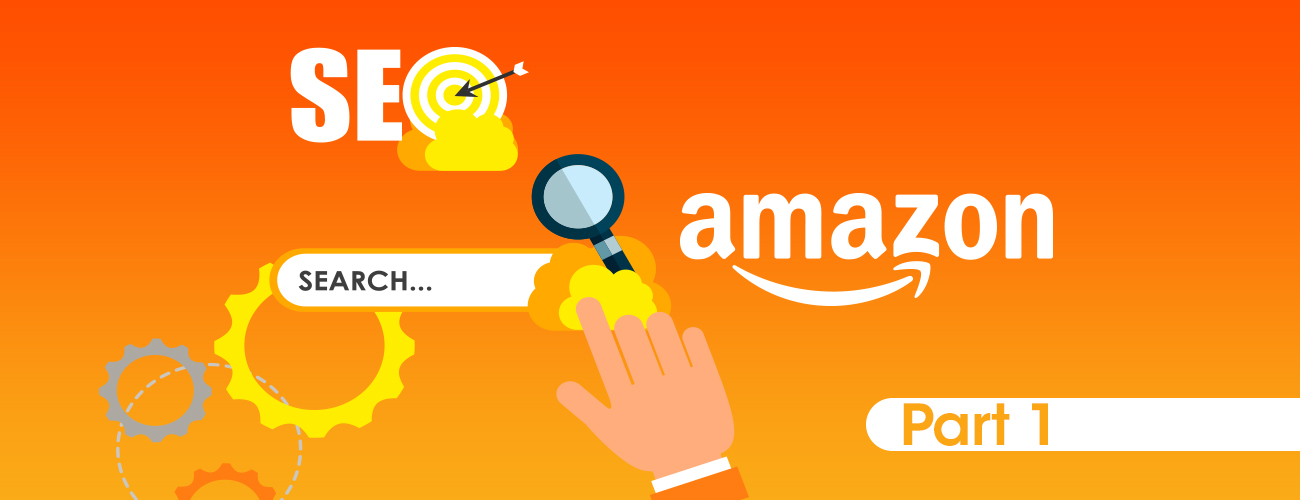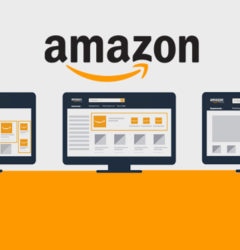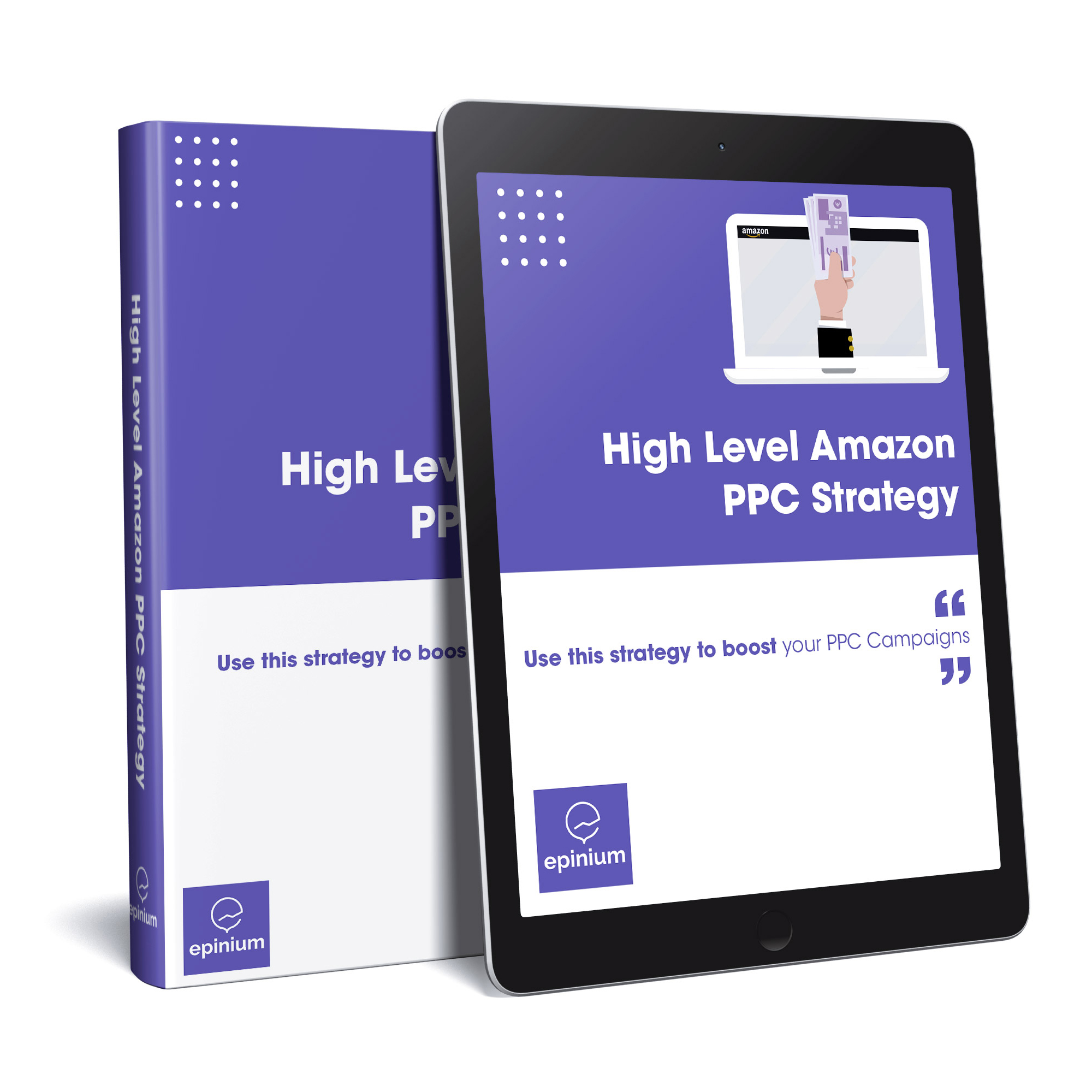In today’s post, we will be discussing tips on how you can rank higher on Amazon while increasing your sales at the same time, the so called Amazon retargeting ads.
If you still haven’t decided whether you are going to do SEO, PPC, or both, we suggest you start with knowing the basics on how to boost converstion rates on Amazon, starting from the Amazon retargeting ads.
Remember, Epinium has got the best PPC Amazon software for all strategies you can use your imagination to create and boost sales!
Let’s get started!
What is Amazon SEO?
Amazon SEO means optimizing your product listings to appear at the top of the Amazon search results (for all relevant keywords).
Amazon SEO leads to optimizing product listings, which leads to better rankings and later on results into more Visibility, thus, more Sales.
If you’re selling on Amazon, this means that the rankings on Amazon are the most important success factors for your business: The higher you rank, the more you sell!
If you rank on page 3 or lower, you’re unlikely to sell anything. On top of that, more than 66% of shoppers now start their search for new products on Amazon. That means: If your products are not ranking well, you’re really missing out on sales potential!
The ranking of a product is determined by an algorithm called “A9” ( “algorithm”). As this algorithm basically decides the rate of your success on Amazon, it’s a good idea to understand it a little better.
If you don’t want to know about the theory behind A9, you can jump straight to our whitepaper where we explain how to optimize your product listing.
How Does the Amazon Ranking Algorithm (A9) Work?
With millions of products to choose from, buyers perform hundreds of millions of search queries on Amazon every month.
For every single search query, Amazon needs to decide — within a few milliseconds — which one of the hundreds of millions of products it will show on ranking position number 1, number 2, etc.
Which factors does Amazon take into account to tackle this very difficult challenge?
Amazon ranks products based on purchase likelihood. Also, three parties come together on Amazon: A buyer, a seller, and Amazon.
Shoppers come to Amazon for only one reason: they want to buy! This searcher intent represents an important contrast to the mechanics of Google.
On Amazon, there is only one intent behind every search query: buying the product.
Sellers, on the other hand, also use Amazon for one only reason: to sell.
Lastly, Amazon wants to generate revenue, but Amazon will only make money if a sale takes place (Amazon gets a 15% commission from a seller or collects the margin from a vendor).
All three parties (buyers, sellers, and Amazon) share a common goal: they all want a transaction to take place!
Amazon’s goal, therefore, is to build an algorithm that increases the number of transactions. To achieve this, Amazon places the product that shoppers are most likely to buy on rank #1, the second most likely on rank #2, and so on — for every single search query.
In other words: Amazon has to rank all products by purchase likelihood.
How does Amazon determine purchase likelihood?
It appears to happen within seconds for the user, but behind the scenes, the verification of purchase likelihood is a very complex challenge.
Remember: There are hundreds of millions of products and hundreds of millions of search queries. The purchase likelihood of a product varies for every search query.
For example, an iPhone might have a very high purchase likelihood for the search query “Applewatch”, but the same Applewatch will have a very low purchase likelihood for the search query “smartwatch”.
As a consequence, Amazon has to determine the purchase likelihood not just for every product, but for every combination of product and search query.
To approach this challenge and rank products, Amazon follows a two-step process.
Step 1: Keywords Determine If Your Product Ranks on Amazon
In the first step, Amazon filters out all products that are not relevant for the customer search query — by looking at the keywords.
If a product does not contain all keywords of the search query, it cannot appear in the search results (you see why it’s critical that you add all relevant keywords to your product — but more on this later in the “keyword optimization” section).
This step is important because it drastically reduces the number of products that Amazon needs to sort by purchase likelihood.
Step 2: Performance determines how high your product ranks on Amazon
In the second step, Amazon determines the purchase likelihood for the remaining products and ranks them in a specific order ( Amazon ranking). To do this, Amazon looks at the performance of the products.
Performance is measured by CTR (click-through-rate in search result), CR (conversion rate on the product page), and especially sales. These are significant KPIs for Amazon as they represent the steps that users need to take to buy a product.
This is it for today’s post! This is how you get started on boosting your conversion rates on Amazon through Amazon retargeting ads! For the Part 2 of this post click here.
Stay tuned if you want to read more posts on Amazon Management!
As usual, if you have any doubts, feel free to leave a question down below!






